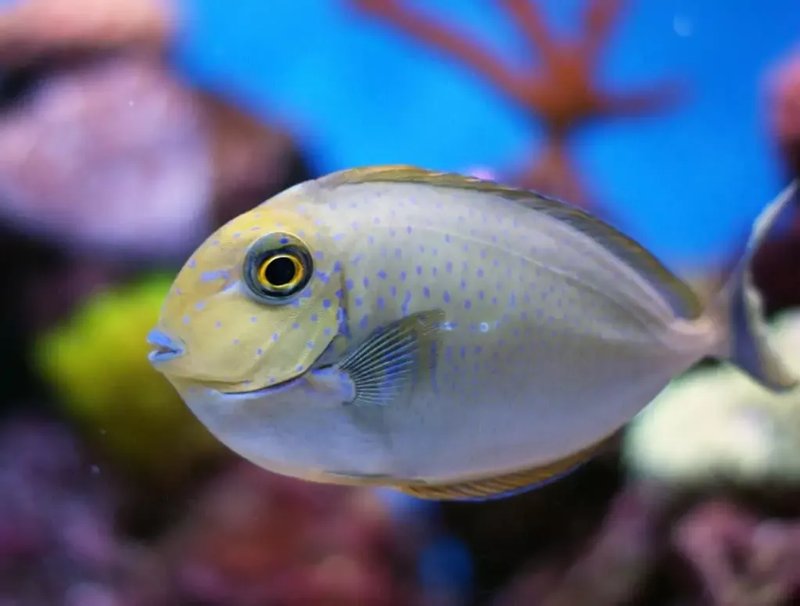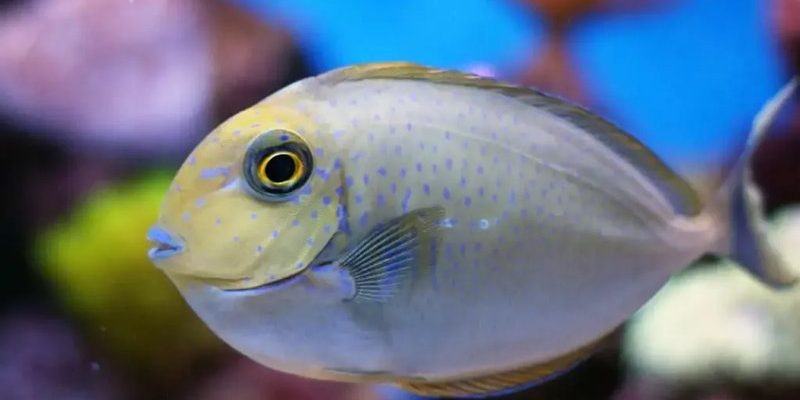
Choosing fish that get along can feel a bit like dating. You wouldn’t want to pair someone super extroverted with someone who prefers solitude. The same goes for fish! Understanding species compatibility is crucial for maintaining a healthy and harmonious aquarium environment. So, let’s dive into the compatibility of yellow tangs and what you need to know about their potential tank mates.
Understanding the Yellow Tang
The yellow tang (Zebrasoma flavescens) is native to the warm coral reefs of the Pacific Ocean. It’s a member of the surgeonfish family, known for its sharp spines near the tail, which are used for self-defense. These spines can act like a sword, so it’s best to choose tank mates wisely—those who won’t provoke any defensive behaviors.
Yellow tangs are generally peaceful yet can be territorial, especially as they age. They tend to establish their own space in the tank, and if they feel their territory is threatened, they might display some aggression. That’s why it’s essential to select their companions carefully.
Diet and Care
Before we explore tank mates, let’s touch on their care. Yellow tangs are herbivores, meaning they thrive on a diet of algae and seaweed. You can provide them with high-quality marine algae, or even consider a marine vegetable clip in your tank. A healthy diet keeps them vibrant and reduces stress, making them more sociable with their neighbors.
Moreover, yellow tangs prefer a tank size of at least 75 gallons. This spaciousness allows them to swim and graze without encroaching on others’ territories. The more space they have, the less likely they are to show aggression.
Ideal Tank Mates for Yellow Tangs
So, who can swim alongside your yellow tang? Here’s the thing: some fish create a beautiful community, while others can lead to chaos. Let’s go over some ideal tank mates that tend to get along well with yellow tangs.
- Clownfish: These little guys are not just cute; they’re generally peaceful and can add a fun dynamic to your tank. Plus, they can tolerate the occasional territorial squabble without getting too stressed.
- Cardinalfish: Known for their calm nature, cardinalfish are great tank mates. Their peaceful demeanor complements the yellow tang’s lively personality.
- Wrasses: Many types of wrasses are friendly and can coexist with yellow tangs. They’re active swimmers and help keep the tank lively.
- Royal Gramma: With its stunning colors, this fish can add beauty and doesn’t usually bother other species, making it a perfect match.
These fish often share similar water conditions and don’t pose a threat to the territory of the yellow tang. However, remember that every fish has its own personality, so monitor their interactions closely.
Fish to Avoid
Not all fish are suited for life with a yellow tang. Some species may provoke aggression or fight for territory. Here are some fish you might want to avoid:
- Other Surgeonfish: While it may be tempting to keep more surgeonfish, they’re often territorial. This can lead to fights, especially among males.
- Lionfish: Although they are stunning, lionfish can be aggressive, and their venomous spines make them unsuitable companions.
- Damselfish: These fish can be quite feisty and territorial, often leading to conflicts with the yellow tang.
- Cichlids: Though many cichlids are beautiful, they can be quite aggressive and territorial, which could stress your yellow tang.
Choosing the wrong tank mates can lead to stress or injury, so stick to the list of compatible fish for a harmonious environment.
Creating a Peaceful Community Tank
Now that you know which fish to include or avoid, let’s discuss how to create a peaceful aquarium community. Here are some practical tips to help develop a thriving tank environment:
1. Introduce Fish Gradually: When adding new tank mates, do it slowly. This gives the established fish, like your yellow tang, a chance to adjust and recognize new faces.
2. Create Hiding Spots: Adding plenty of rocks, plants, and other decorations allows your fish to retreat when feeling threatened. It’s like having a personal space where they can feel safe.
3. Maintain Proper Water Conditions: Regular water testing and maintenance is key. Keep an eye on pH levels, temperature, and nitrate levels. A healthy ecosystem contributes significantly to fish well-being.
4. Avoid Overcrowding: This is crucial. Each fish needs enough space to swim and establish its own territory, so be mindful of how many fish your tank can support.
Monitoring Compatibility
Compatibility is not just about initial introductions; it’s an ongoing process. Fish can change their behavior based on various factors, including stress and tank conditions. Therefore, keep observing.
Pay attention to any signs of aggression, like chasing or nibbling. If you see one of your fish being overly dominant, it might be time to intervene. You can rearrange decorations or add more hiding spots to alleviate tensions.
Additionally, regular water changes and maintaining a balanced diet can help keep aggression at bay. You want a happy, healthy school of fish, and sometimes simple changes can make a big difference.
The yellow tang can indeed coexist with other fish, but careful planning and consideration are necessary. By choosing the right tank mates and creating a suitable environment, you can form a lively, colorful community that thrives together.
Remember, it’s all about understanding personalities—both fish and the dynamics between them. The more informed decisions you make, the happier your underwater world will be. So, go ahead and enjoy the process of building your dream aquarium, and watch as your yellow tang makes friends in its new home!

